Introduction
When disasters or tragedies occur, people seek information from traditional news sources and social media. Staying up to date is part of being an informed citizen, and while consuming media can be beneficial in moderation, “doomscrolling” — exposing yourself to a never-ending stream of distressing information — could be negatively impacting your overall wellbeing.
If you find yourself overwhelmed by the constant flow of negative information but can’t bring yourself to turn away from Twitter, you are not alone. For 50 years, Magellan Federal has helped more than three million civilian employees and their families enhance their emotional wellness and reduce stress. The following information and tips can help you to avoid doomscrolling if your social media usage is getting in the way of your wellness.
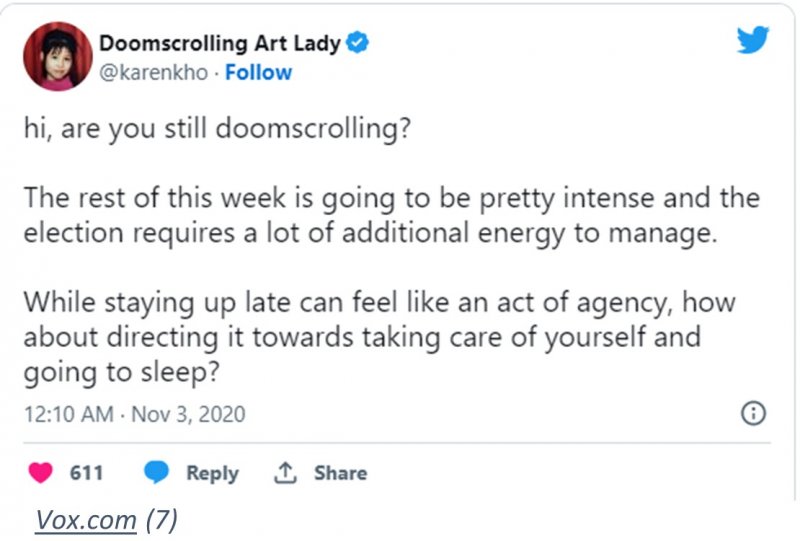 Doomscrolling Defined
Doomscrolling Defined
Doomscrolling (also known as doomsurfing) is the term used for persistent and excessive reading of negative news online. It was popularized by Quartz reporter Karen Ho in 2020 during the lockdown at the height of the COVID pandemic. Like many of us, Ho struggled with compulsively reading upsetting news about the ongoing pandemic. She would send nightly tweets (pictured right) to her followers encouraging them to take a break from doomscrolling bad news and to get a good night’s sleep (8).
Doomscrolling Characteristics — What to Look Out For
Doomscrolling differs from regular social media usage and has four main characteristics that makes it a distinct activity.
- This is a persistent activity that becomes habitual.
- It is caused by environmental factors.
- The sessions are multiple hours, and the user often loses track of time.
- The content viewed is negative, distressing, and timely.
While typical social media usage may have one or more of the above-mentioned factors, all factors are present for doomscrolling. Further, a study used to create a doomscrolling scale found the activity was highly associated with “online vigilance, problematic internet/social media use, and FOMO” (fear of missing out) (13).
Reasons for Doomscrolling
Fear of the unknown is the primary motivator driving people to engage in doomscrolling, however, multiple factors may contribute to and perpetuate their fear.
Biological Imperative
During times of crisis or tragedy, people gather information to reduce uncertainty, create a plan, and attempt to exert some measure of control over the situation (17). This behavior is rooted in survival instincts related to paying more attention to negative information than positive and scanning the environment for danger to protect one’s family (14).
Fear of Missing Out (FOMO)
While FOMO typically refers to anxiety experienced as a result of seeing an exciting or interesting event happening elsewhere, FOMO also applies to doomscrolling. With no end to social media posts, there is always one more piece of information that could be read.
Perpetuating the Cycle
With doomscrolling, the information collected on tragedies and disasters that was meant to reduce uncertainty and allay feelings of anxiety instead increases these feelings, particularly when the events are beyond one’s control. As we scroll, we’re flooded with information that for the most part, we can do nothing about, except to keep scrolling and sharing, perpetuating the cycle. As a result, we feed the paralyzing loop of information that can lead to feelings of helplessness and despair (11).
Algorithms
It’s no secret that the goal of social media titans like Facebook and Twitter is to have users interact with their products for as long as possible. To that end, these platforms create algorithms to learn their customers’ habits and then customize the online experience to them (15). The more a user interacts with the platform, the more the algorithm “learns” what content to provide, without concern for possible user harm (8). As a result, the curated content displayed for each user plays on their emotions to keep them engaged—even negative ones. Naturally, repeated exposure to distressing content can have a negative impact on mental health.
Risk Factors
Current research findings show that certain individuals are more likely to engage in doomscrolling than others.
- Men and younger adults regardless of ideological beliefs (13)
- Those with anxiety or depressive disorders
- People who score high in neuroticism
- Those who are addicted to social media (12)
- Individuals with previous childhood maltreatment experiences
Effects of Doomscrolling
Since the start of the pandemic, there have been multiple studies on the mental health effects of doomscrolling. Recent research findings suggest doomscrolling is associated with:
- Increased anxiety and psychological distress
- Lower mental well-being
- Increased depression
- Increased phone use
- Post-Traumatic Stress Disorder (PTSD) symptoms
- Decline in sleep quality
Prevention & Coping Techniques
As with most harmful habits, the best time to address them is before they start. Many of the techniques and tips provided below can be used to both prevent doomscrolling (or any excessive social media use) and also to help reduce doomscrolling once it has become a habit.
Technology Tips
- See no evil: Provide feedback on social media posts with negative content by using the “hide post” or “block/mute” features. This will provide information to the platform algorithm to provide less of this type of content (9).
- Set a time: Reduce the amount of time online by using screen timers and stick to no more than 30 minutes as any more has been connected to increased levels of anxiety (3, 17).
- Scroll with purpose: Picking a specific subject to get information on will not only help meet the new scrolling time limits, but it will also create a sense of accomplishment when the information is obtained (17).
- Subdue screen colors: As all casinos know, the more flashy and colorful something is, the easier it is to keep someone’s attention. Changing social media settings to “gray–scale” will make the screens more monotone/less visually appealing and can make it easier to stop scrolling (3).
- Search for the happy: Known as “hopescrolling,” this can lead to more positive thoughts and can help “reset” social media algorithms to show you more positive content.
Beyond Online
- Connect with others: Share the burden with loved ones and others within your social networks to reduce anxiety (17).
- Connect with yourself: Perform regular self-check ins by listening to your body and paying attention to how you are feeling to understand when it is time to take a break (16, 17).
- Connect with the outdoors: Engage in hobbies that involve the outdoors including exercise and fresh air while leaving technology, and feelings of anxiety behind (17).
Clinical Support
- Nonmedical counseling: Qualified counselors can help create a plan to address the problem. Non-medical counseling is short-term and addresses general conditions of living, life skills, improving relationships, and stress management.
- For Clinicians: Since clients also consume social media for entertainment as well as coping measures, it may be helpful to work with them to identify alternative hobbies or activities they will enjoy that will not involve social media or other digital technology (10).
Summary
In a global society with a 24-hour news cycle and social media that offers infinite scrolling, there is always more news to consume. People can fall victim to doomscrolling when distressing events occur, leading to increased anxiety and stress, creating a self-feeding cycle that can be difficult to break.
For those wanting to stop doomscrolling, it is important to first acknowledge the behavior, be honest with how it may be affecting your mental health, and be proactive in your approach to modify your actions. No matter what your relationship is with the news, this technique will help maintain a healthy relationship with social media and overall digital wellness.
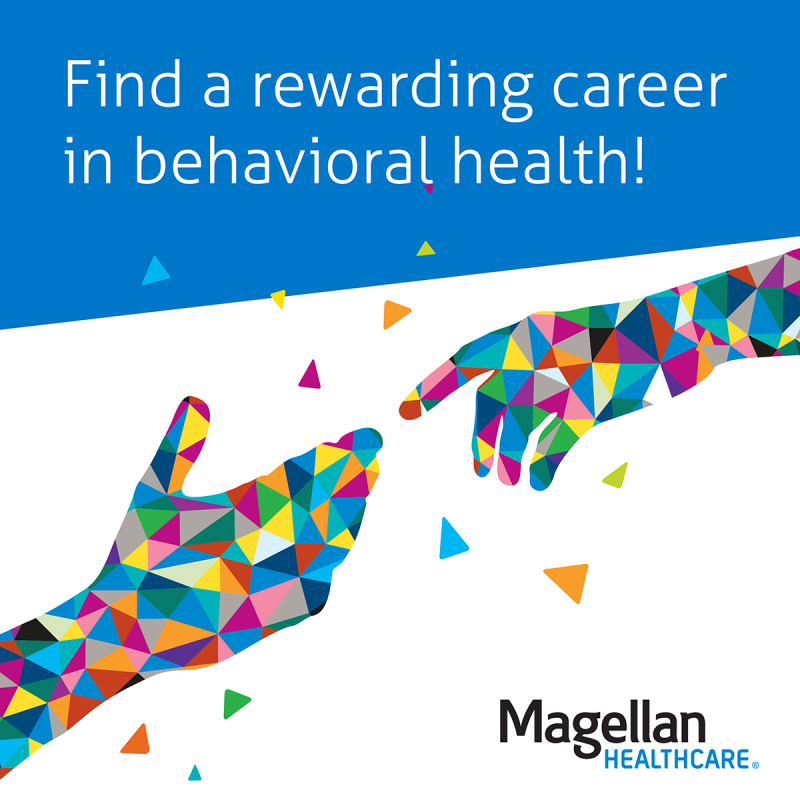
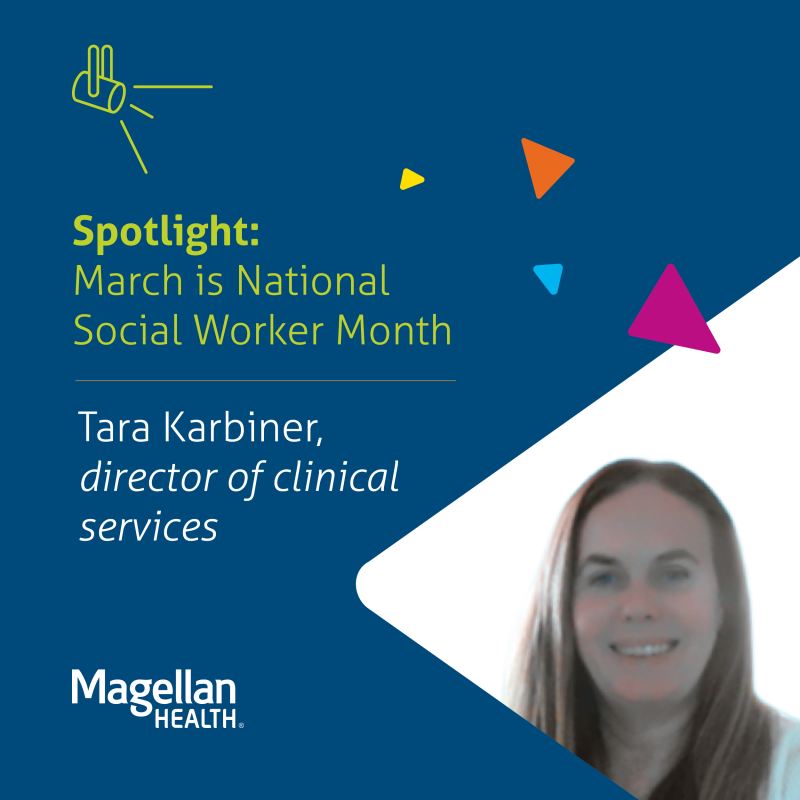
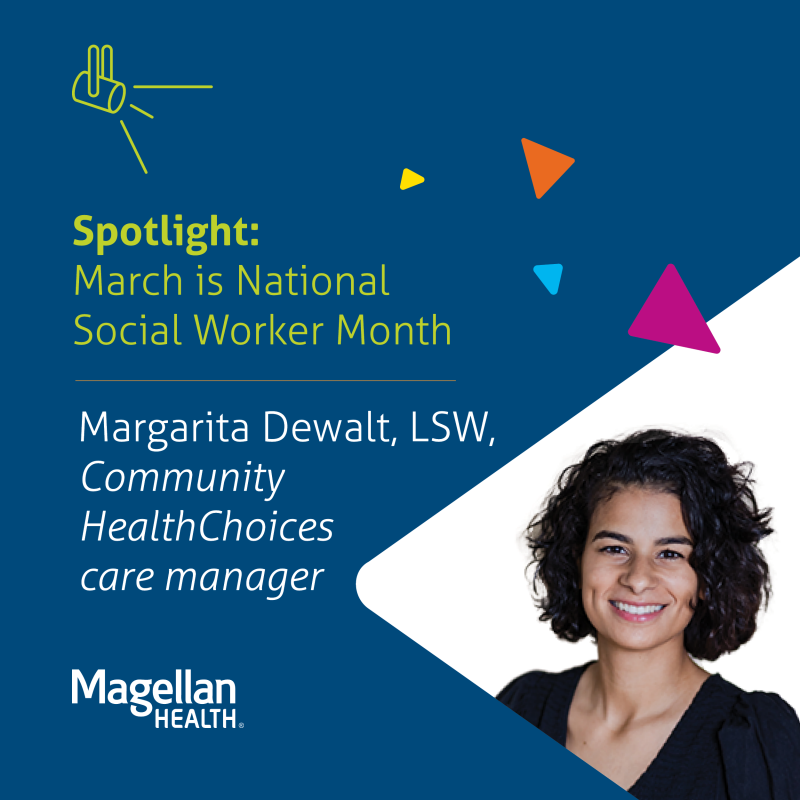
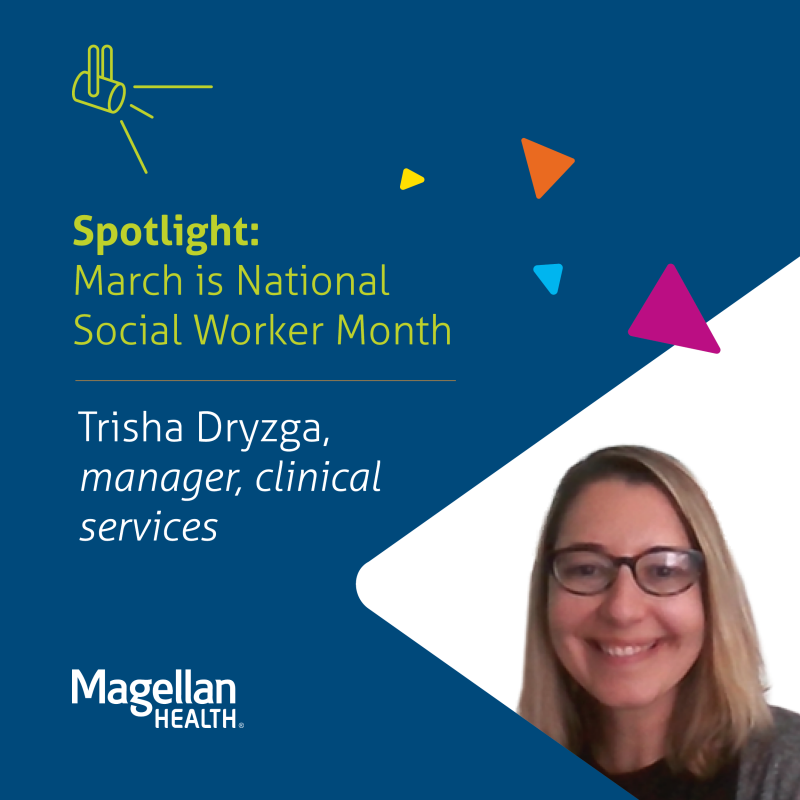


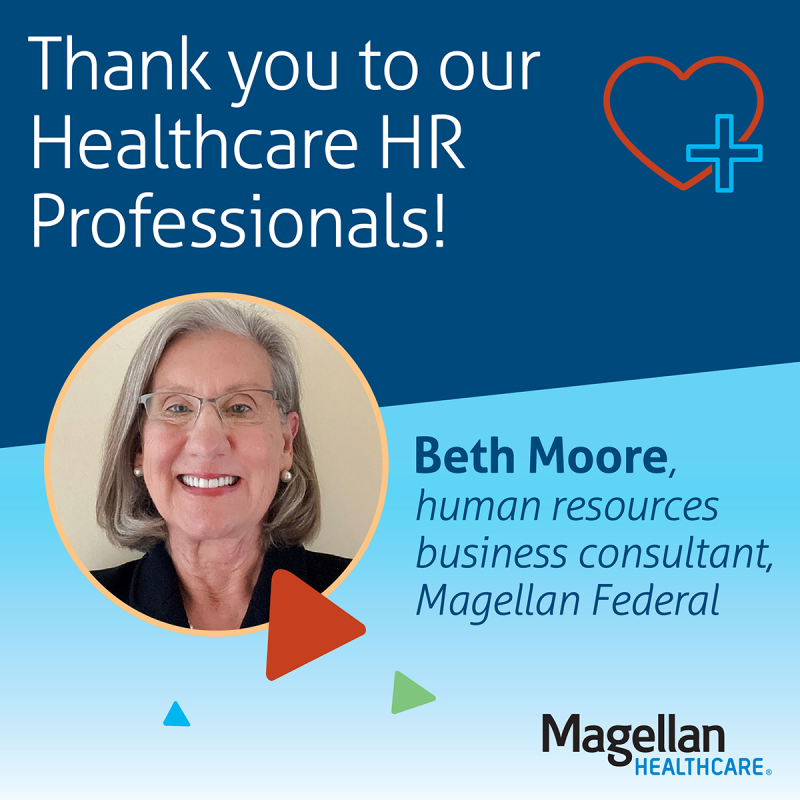

 Doomscrolling Defined
Doomscrolling Defined